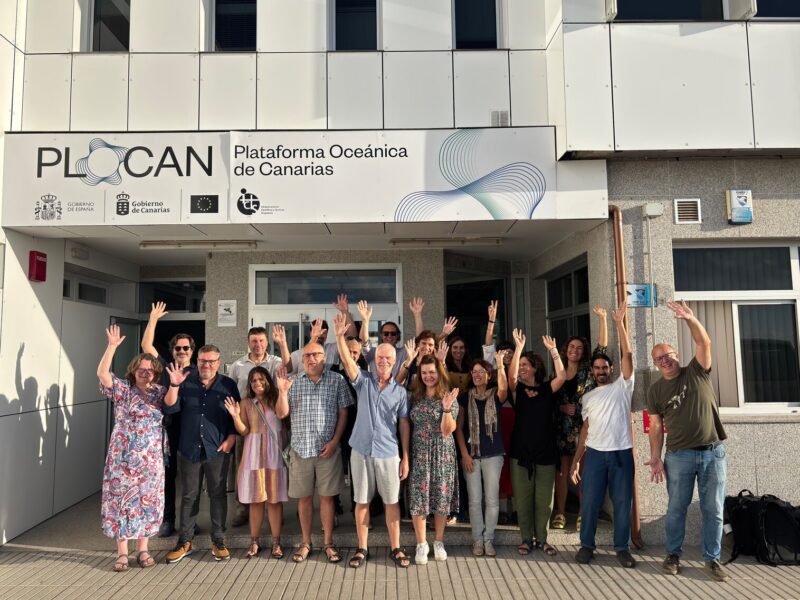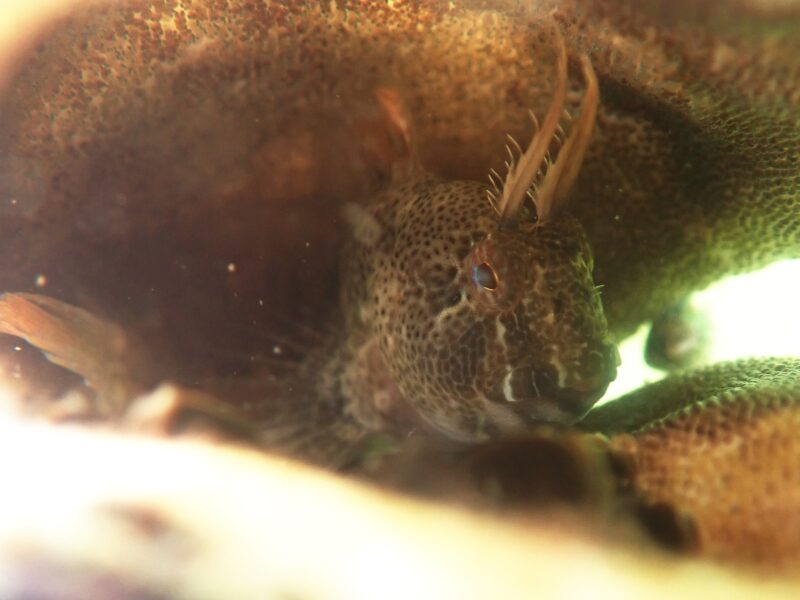
Danube Delta Open Living Lab: PHAROS Expands Its Citizen Science Network in the Black Sea Basin
Danube Delta Open Living Lab: PHAROS Expands Its Citizen Science Network in the Black Sea Basin https://pharosproject.eu/wp-content/uploads/2025/04/Seagrass-Restoration_-The-Unsung-Hero-of-Ocean-Health-2.png 1000 750 PHAROS Project PHAROS Project https://pharosproject.eu/wp-content/uploads/2025/04/Seagrass-Restoration_-The-Unsung-Hero-of-Ocean-Health-2.pngThe Danube Delta Open Living Lab is a new way for people to help protect nature in the Danube Delta and the Black Sea region. It links local communities with the PHAROS project, which works to heal oceans and coasts in Europe’s Atlantic and Arctic regions using nature and smart science.
What and where is the Danube Delta?
The Danube Delta is a huge wetland where the Danube River meets the Black Sea, shared by Romania and Ukraine. It is famous for its birds, fish and many different plants, and it acts like a natural water filter that keeps water cleaner. Because of pollution, climate change and human activities, this fragile area needs extra care and attention.
What is the Danube Delta Open Living Lab
The Danube Delta Open Living Lab is a cross‑border project where everyone can help observe and protect nature.
Scientists, local people, NGOs, schools and visitors work together to watch how animals, plants and habitats are changing over time.
How do people take part
Children, teenagers and adults can take photos of animals, plants or signs of pollution, such as plastic or oil, when they visit rivers, wetlands or beaches in the Danube Delta region.
They upload these photos with location and simple notes to an online platform called MINKA, using a phone or computer.
Experts then check the photos and confirm which species or pollution types are shown, turning everyday pictures into useful scientific data.
What is MINKA?
MINKA is a free citizen science platform created by the Spanish National Research Council (CSIC) to collect biodiversity and environmental data. It lets communities around the world create local projects, share observations and store data safely so that scientists and decision‑makers can use it. In the Danube Delta Open Living Lab, MINKA hosts a dedicated project space for all observations from the region.
How does this connect to the PHAROS project?
PHAROS is an EU‑funded project that runs from 2024 to 2029 and focuses on restoring marine and coastal ecosystems in the Atlantic and Arctic sea basins. It uses nature‑based solutions, like restoring seaweed forests and building artificial reefs, to bring back marine life and reduce pollution.
PHAROS also creates Living Labs in its main demonstration areas and in other regions, such as the Danube Basin, so that local people can co‑design solutions that work for their own environment.
Why is the Danube Delta Open Living Lab important?
The Danube Delta is very rich in wildlife, but it is under pressure from habitat loss, invasive species and pollution from farms, towns and industry. By collecting many small observations from many people, the Living Lab helps scientists see where rare species live, where new species appear and where pollution is getting worse.
This information can support better rules, cleaner practices and smarter restoration projects in the river, wetlands and along the coast.
What can kids and schools do?
Schools can use the Danube Delta Open Living Lab as a real‑life outdoor classroom to learn about rivers, wetlands, climate and the ocean. Teachers can organise field trips where students look for birds, plants, insects or litter, and then upload their findings to MINKA. By doing this, students learn science, digital skills and teamwork, while also helping real researchers and local authorities.
What can adults and local groups do?
Fishers, nature guides, tourism operators, farmers and local NGOs can use the Living Lab to share what they see on the water and on land every day. They can help identify problem areas, such as places with lots of plastic, damaged habitats or new invasive species.
Community groups can also run clean‑up days, awareness walks or talks and use the data from MINKA to show why protection and restoration are needed.
A bridge between river, sea and other regions
The Danube Delta Open Living Lab links the Danube River and Black Sea to PHAROS work in the Atlantic and Arctic, creating a wider network of people who care for water and wildlife. Lessons from PHAROS demos, like how to restore marine forests or reduce pollution from fish farms, can inspire new actions in the Danube region.
At the same time, the experience of local communities in the Danube Delta can feed back into European discussions on how to reach nature and ocean goals by 2030.
How can you get involved?
If you live in or visit the Danube Delta, you can join the Open Living Lab by taking part in citizen science campaigns and uploading your observations to MINKA. Schools, clubs and NGOs can contact project partners to join trainings, events and co‑creation workshops.
Every photo, note and measurement helps build a clearer picture of the Danube Delta and supports smarter actions to protect and restore this unique place for future generations.
- Posted In:
- Partner News
- PHAROS News

